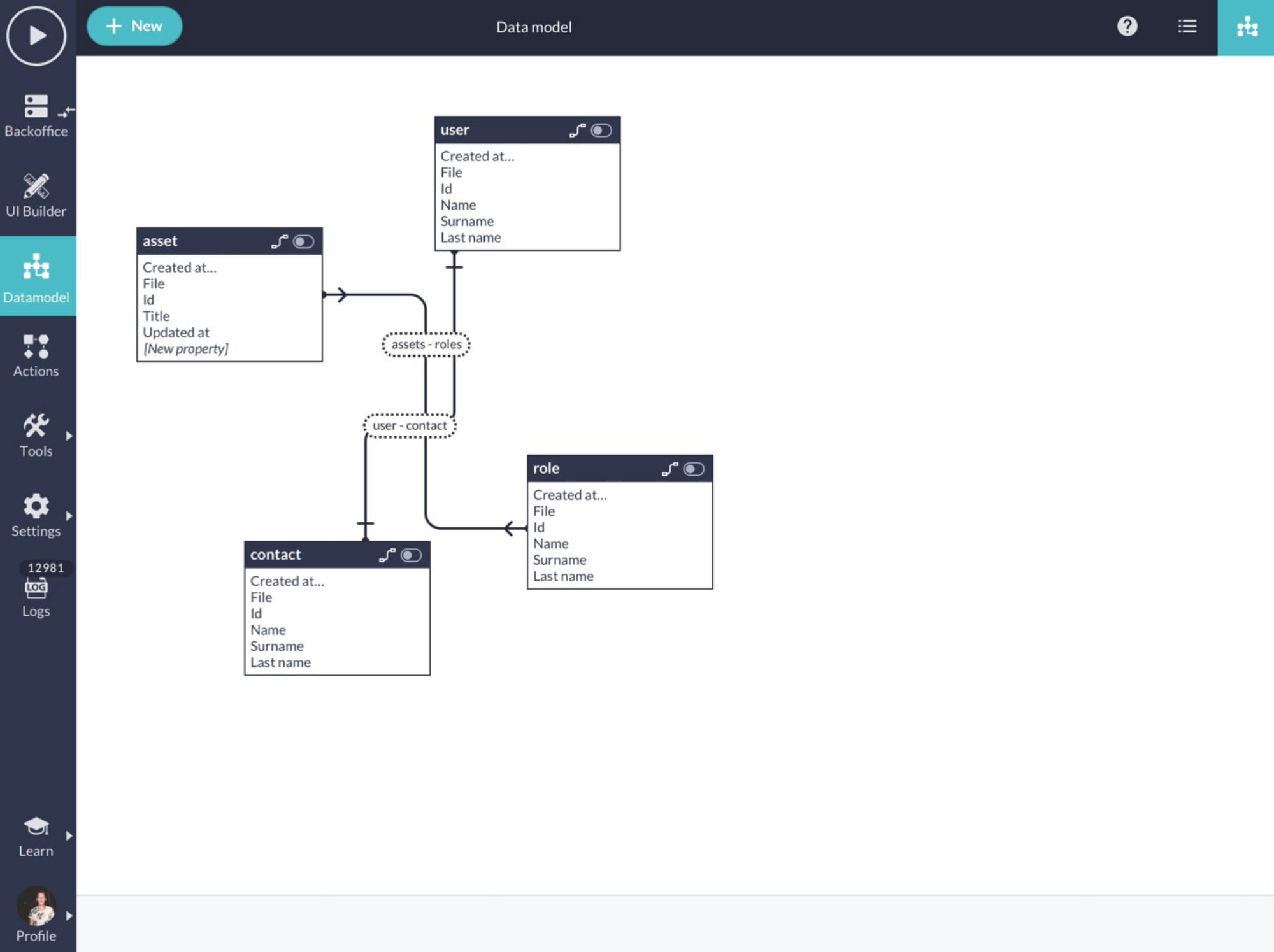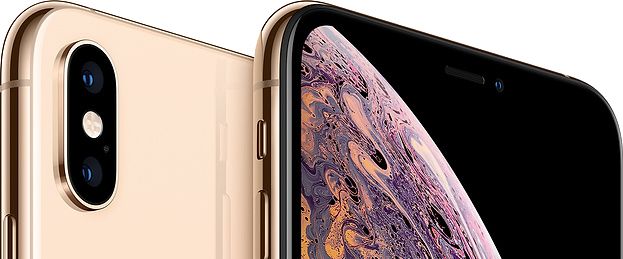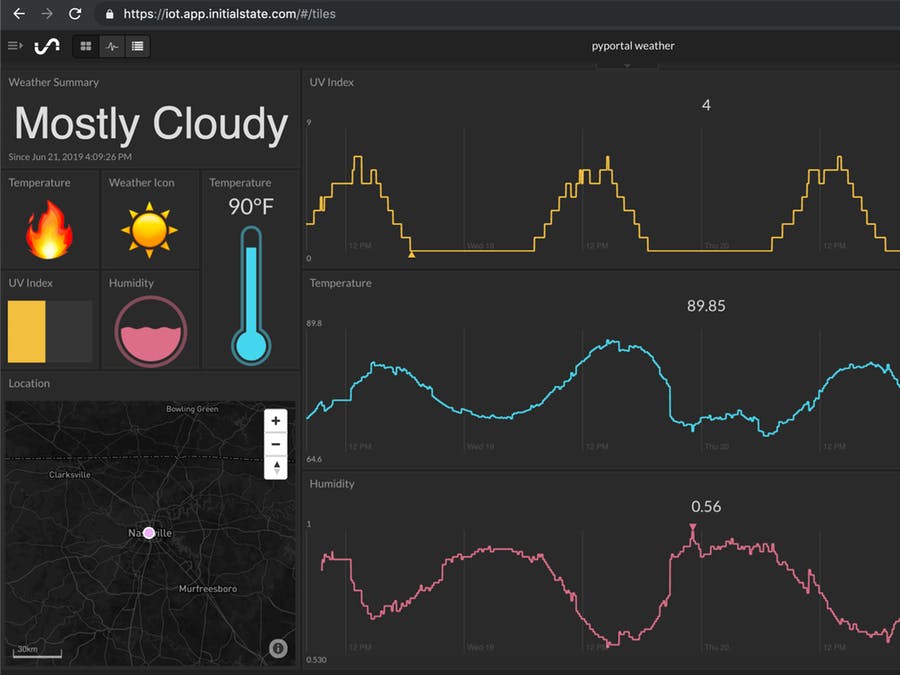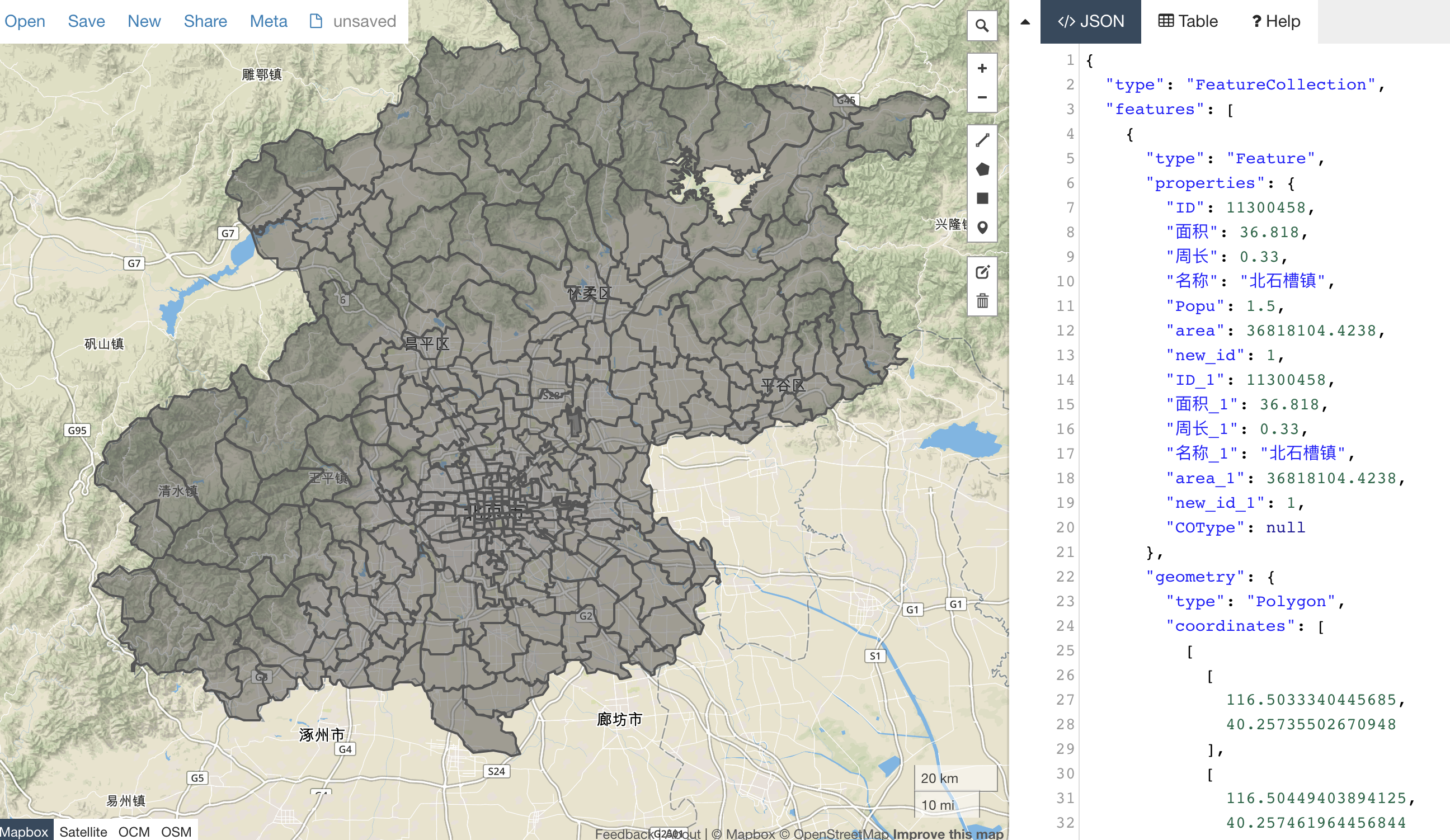24-2-29在未来,编写实际代码将像使用专业数码单反相机,而没有代码将像使用智能手机相机 --- In the future writing actual code will be like using a pro DSLR camera, and no code will be like using a smartphone camera
In the future writing actual code will be like using a pro DSLR camera, and no code will be like using a smartphone camera. Some pros will keep doing work with DSLRs (and need them), but most basic apps will be built with no code. Just like most photos now are shot on a phone.
在未来,编写实际代码将像使用专业数码单反相机,而没有代码将像使用智能手机相机。一些专业人士将继续使用单反相机(并且需要它们),但大多数基本应用程序将在没有代码的情况下构建。就像现在大多数照片都是在手机上拍摄的一样。
“No code” means building applications without writing code, but instead using a visual platform to connect data and build interfaces. Kinda like Excel, but more visual like this, and it has an actual app/site as output instead of a spreadsheet:
“无代码”意味着不编写代码来构建应用程序,而是使用可视化平台来连接数据和构建接口。有点像Excel,但更像这样的视觉,它有一个实际的应用程序/网站作为输出,而不是电子表格:

And I think this means we’ll see The Great Democratization of Software Creation, where most people can just glue some APIs together to build a functioning app/site/thing in hours/days. Kinda like website builders now, but with added API plugging in (like Zapier) and scheduled cron jobs.
我认为这意味着我们将看到软件创作的伟大民主化,大多数人可以在几个小时/几天内将一些API粘合在一起构建一个功能正常的应用程序/网站/东西。有点像现在的网站建设者,但增加了API插件(如Zapier)和预定的cron作业。

That’s why the complexity of current code frameworks is so interesting, it’s essentially people buying expensive DSLRs with shitloads of lenses, light sensors, etc. which they may not really need. Especially not if their simple apps can be put together with no code.
这就是为什么当前代码框架的复杂性如此有趣,基本上是人们购买昂贵的数码单反相机,带有大量的镜头,光传感器等,他们可能并不真正需要。特别是如果他们的简单应用程序可以放在一起没有代码。

Just like modern smartphone cameras are good enough (and are used) to make 99% of people’s photos.
就像现代智能手机相机足够好(并且被使用)来拍摄99%的人的照片一样。
Towards 95% no code, 5% custom premium code
接近95%无代码,5%自定义高级代码
I think we’ll see coding go in two directions:
我认为我们会看到编码朝着两个方向发展:
- towards simplicity with no code, for 95-99% of apps
1)95-99%的应用程序都是简单的,没有代码 - towards complexity with custom high-level engineered code, for the 1-5% of apps
2)对于1-5%的应用程序,
The engineers working on (2) will be high paid, in the millions/year, because custom code
从事(2)的工程师将获得高薪,每年数百万美元,因为自定义代码

A recent example is Netflix, who said they want to have LESS employees, paid higher. They’ll pay $1M/y+ for 1 engineer instead of $300k/y for 3 engineers.
最近的一个例子是Netflix,他们说他们希望员工更少,工资更高。他们将为1名工程师支付100万美元,而不是3名工程师支付30万美元。
Current no code platforms
当前无代码平台
The major no code platforms currently are Bubble and Webflow. Website builders that could be used for no code (when combined with an API platform like Zapier) are Carrd, Squarespace and Wix. I’m not affiliated with any of these, except that Carrd’s AJ is my Twitter friend!
目前主要的无代码平台是Bubble和Webflow。可以用于无代码的网站构建器(当与Zapier等API平台结合时)是Carrd,Squarespace和Wix。我不属于任何这些,除了卡尔德的AJ是我的Twitter朋友!
What to build for this trend
如何应对这一趋势
- build paid APIs that people in the future can use to build stuff
1)构建付费的API,未来的人们可以用它来构建东西, - build no code platforms (many already exist though, but why not)
2)构建无代码平台(尽管许多平台已经存在,但为什么不呢) - build no code tools (not sure what thought) But note it might take 5-10 years for this to get going
3)不构建代码工具(不确定是什么想法),但请注意,这可能需要5-10年的时间才能实现

I wouldn’t stop at just building one API either, build a big set of APIs people making apps can use. For example, I use lots of APIs on Nomad List to get daily data, like Dark Sky for weather: http://darksky.net/dev
我也不会仅仅停留在构建一个API上,而是构建一个人们可以使用的API集合。例如,我在Nomad List上使用了很多API来获取每日数据,比如天气的Dark Sky:http://darksky.net/dev
Collecting lots of dispersed data (for example from government) and merging it together and normalizing it into one format and then selling it for $$$ is a nice example.
收集大量分散的数据(例如来自政府的数据)并将其合并在一起并将其规范化为一种格式,然后以$的价格出售,这是一个很好的例子。

Example from this week: there’s no API to get neighborhood boundaries for cities worldwide, the data if even available is dispersed on national and city government sites. I’m collecting/drawing neighborhood boundaries in GeoJSON polygons for Hoodmaps that if I wanted I could put in an API later and maybe sell for $$$.
本周的例子:没有API来获取全球城市的邻里边界,即使有数据,也分散在国家和市政府的网站上。我正在为Hoodmaps收集/绘制GeoJSON多边形中的邻域边界,如果我愿意,我可以稍后将其放入API中,也许可以以$的价格出售。
Conclusion 结论
It’s impossible to predict the future, but we can try. And the trend of no code while in its infancy now, will only continue I think. It’s now at the state of interactive templates and connecting some basic logic. But it will advance more and means a serious overhaul of the software industry for majority of use cases.
我们无法预测未来,但我们可以尝试。我认为,无代码的趋势虽然还处于起步阶段,但只会继续下去。它现在处于交互式模板和连接一些基本逻辑的状态。但它将进一步推进,并意味着对大多数用例的软件行业进行认真的改革。
Most software engineers will deny this trend though, but as my friend John from Ghost says:
大多数软件工程师会否认这种趋势,但正如我的朋友John从Ghost说:
Everyone can identify disruption until it’s about them
每个人都可以识别中断,直到它是关于他们的
In the future writing actual code will be like using a pro DSLR camera, and no code will be like using a smartphone camera
在未来,编写实际代码将像使用专业数码单反相机,而没有代码将像使用智能手机相机Some pros will keep doing work with DSLRs (and need them), but most basic apps will be built with no code. Just like most photos now are shot on a phone
一些专业人士将继续使用单反相机(并且需要它们),但大多数基本应用程序将在没有代码的情况下构建。就像现在大多数照片都是在手机上拍摄的
— (@levelsio) September 7, 2019
- (@levelsio)2019年9月7日
P.S. I’m on Twitter too if you’d like to follow more of my stories. And I wrote a book called MAKE about building startups without funding. See a list of my stories or contact me. To get an alert when I write a new blog post, you can subscribe below:
P.S.我也在Twitter上,如果你想关注我的更多故事。我写了一本书叫MAKE,是关于在没有资金的情况下建立初创公司的。查看我的故事列表或联系我。要在我写新博客文章时获得提醒,您可以在下面订阅: